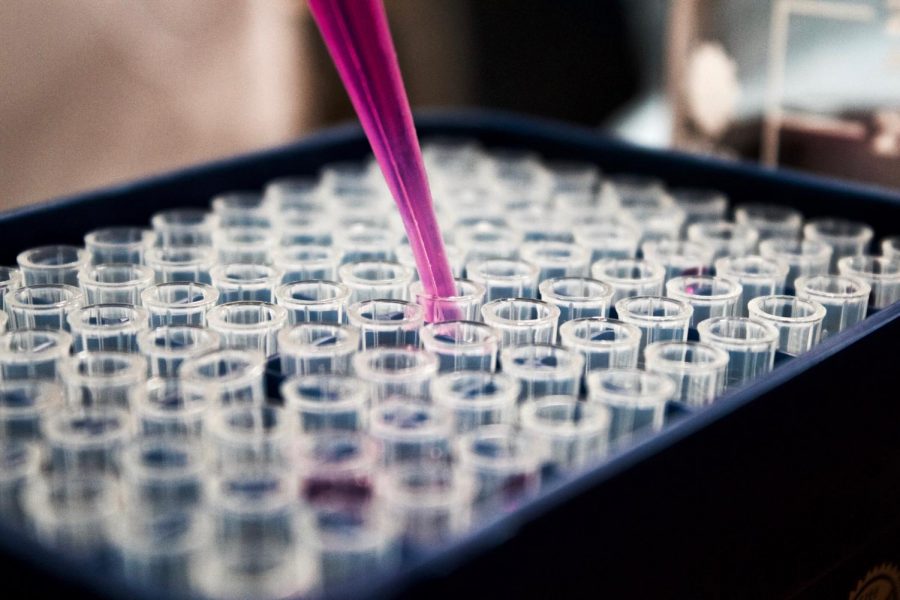New Covid-19 Test that Takes 5 minutes: CRISPR’s Influence on the Pandemic
The challenges we are facing during this global pandemic have pushed both scientists and doctors to think outside the box. As COVID-19 continues to spread throughout the nation, safety precautions are needed now more than ever to stay safe and healthy. Consistently washing our hands, wearing masks, and social distancing are vital to preventing the spread of this virus. While our communities are making lifestyle changes in an effort to decrease the possibility of exposure, scientists are developing new methods to swiftly detect the constantly mutating COVID-19 genomes. The current in-lab procedures for detecting COVID-19 can take several days to conclude whether a potential carrier is positive or negative. These prolonged tests have the potential to disrupt a person’s stability, both mentally and financially, and impact scientists’ monitoring of the outbreak. However, with the help of new biotechnology, scientists are developing quicker COVID-19 tests.
In 1987, Yoshizumi Ishino and his colleagues discovered a DNA sequence in the genetic material of prokaryotic cells, known as Clustered Regularly Interspaced Short Palindromic Repeats (CRISPR). However, the recent breakthroughs associated with CRISPR’s genome editing were founded by Emmanuelle Charpentier, a French professor of microbiology awarded the 2020 Nobel Prize in Chemistry for these discoveries. Carpentier’s findings have allowed both doctors and scientists to utilize CRISPR for new medical advancements and treatments such as improving chemotherapy’s effect on lung cancer. In addition, CRISPR has been used to detect infectious diseases.
Scientists created a test using CRISPR/Cas12a-NER (a combination of the DNA sequence, CRISPR, and a protein that cuts specific DNA strands) where one can receive results within five minutes to an hour. This is a phenomenal difference from several days to only minutes. The standard cotton swab or spit sample is taken, but rather than sending it to labs, scientists can do an on-site diagnosis. The clinical sample is then combined with CRISPR/Cas12a-NER, and if SARS-CoV-2, the coronavirus that results in COVID-19, is present, the Cas12 protein will split a green fluorescent molecule allowing a positive COVID-19 sample to glow under blue light. Ongoing clinical tests are proving the precision and simplicity of this new test.
The use of CRISPR/Cas12a-NER enables more effective, COVID-19 assessments. Its simplicity could allow for mass distributions of valid tests to schools, companies, and hospitals. Staying safe and healthy during these uncertain times is incredibly important, especially with flu season heading our way. With quicker diagnostics, communities can better monitor and control potential COVID-19 outbreaks.















